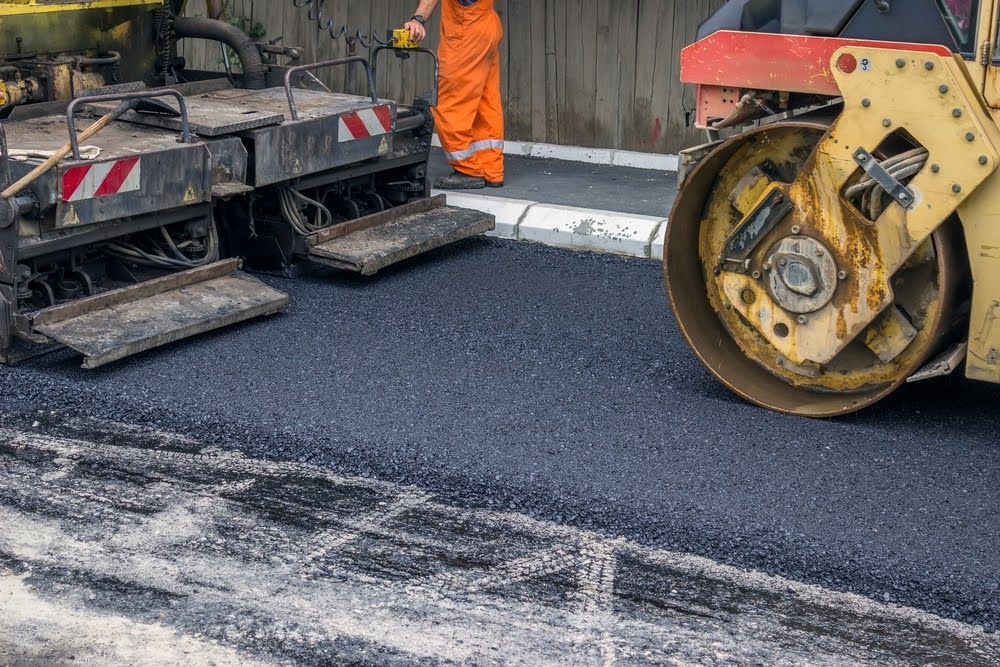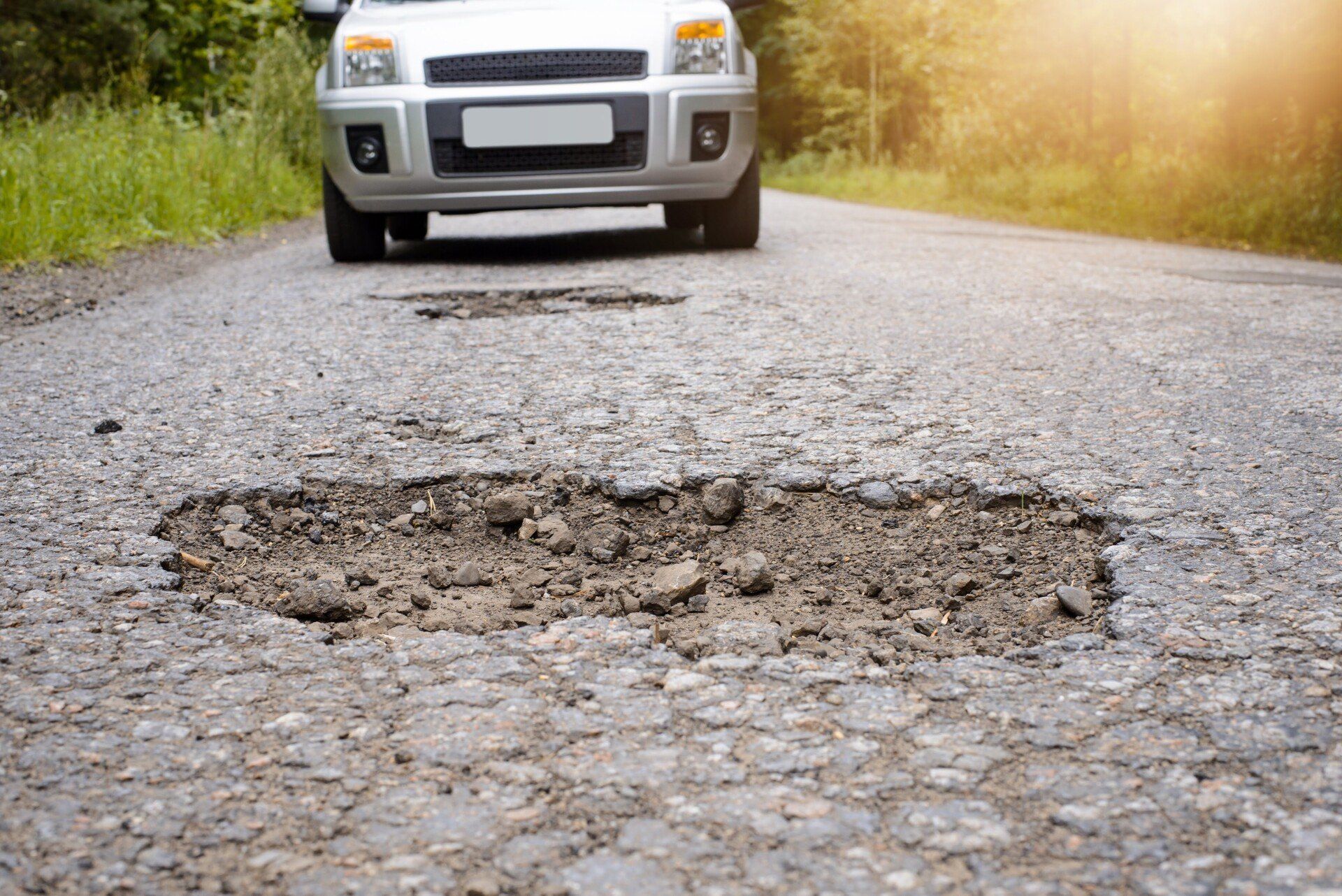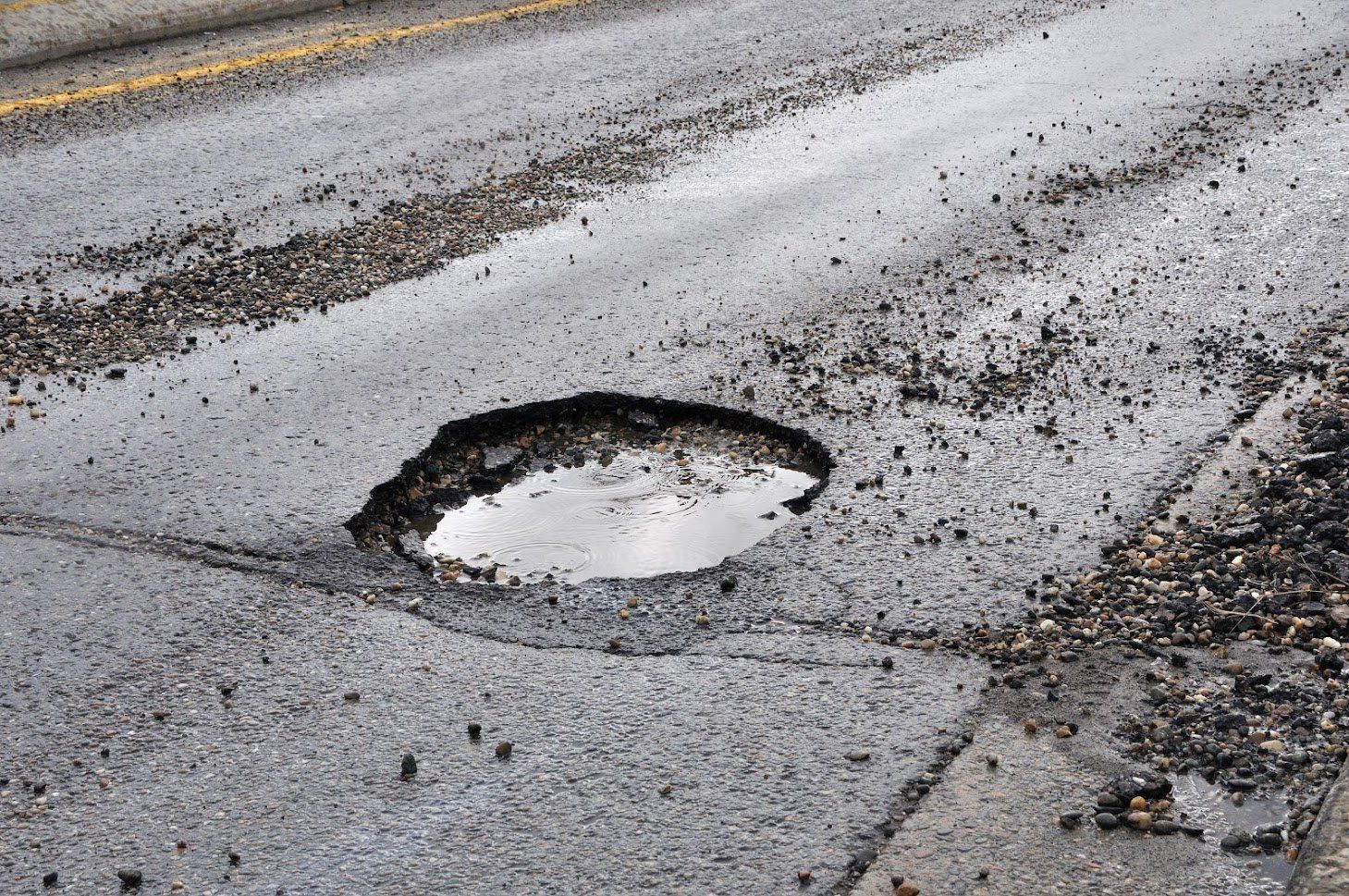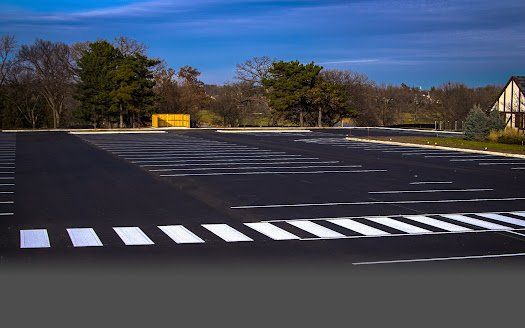Licensed & Insured for Your Protection Since 1979
Temperature and Asphalt: A Guide
Asphalt, widely used in road construction, driveways, and parking lots, has made its mark as a durable and versatile construction material. Yet, like any other material, it isn't completely immune to the elements. Temperature plays a pivotal role in determining its longevity. But how exactly does weather, from scorching heatwaves to frigid polar vortexes, influence asphalt? Let's dive deep.
The Science Behind Asphalt
Before exploring the effects of temperature, understand what asphalt is. At its core, asphalt comprises a mixture of aggregates (like sand, gravel, or crushed stone) and a black, sticky substance known as bitumen. This combination results in a sturdy material that can withstand significant traffic loads. However, the bitumen, which acts as a binding agent, is sensitive to temperature variations.
The Impact of High Temperatures
In regions where the sun's rays can raise the mercury to high levels, asphalt can face several challenges:
- Softening: Bitumen tends to get softer in high temperatures. As the asphalt softens, it loses its rigidity, making the surface more susceptible to rutting, especially in areas with heavy traffic.
- Oxidation: Prolonged exposure to UV rays can lead to oxidation, making the asphalt brittle. Brittle asphalt can lead to surface cracks, which can grow and multiply if not addressed promptly.
- Oil Evaporation: High temperatures can cause the essential oils in the asphalt to evaporate. This not only makes the asphalt dry but also reduces its flexibility, increasing susceptibility to cracking.
The Impact of Low Temperatures
Cold climates pose a different set of challenges for asphalt:
- Contracting and Expanding: As temperatures drop, asphalt contracts. When temperatures rise again, it expands. This constant contraction and expansion cycle can lead to surface cracks. These cracks can allow water to seep in, further exacerbating the problem.
- Freeze and Thaw Cycle: Water, as we know, expands when frozen. When water finds its way into cracks and then freezes, it exerts pressure on the asphalt, leading to more significant cracks or even potholes.
- Loss of Flexibility: Cold temperatures can make the bitumen less flexible. This reduction in flexibility can cause the asphalt to crack under the pressure of heavy loads, especially if the foundation isn't strong.
The Impact of Temperatures In Between
It's not just the extremes that affect asphalt. Areas that experience fluctuating temperatures, swinging between hot and cold within short duration, can be especially challenging. The rapid changes don't give the asphalt adequate time to adjust, leading to accelerated wear and tear.
The Tips for Ensuring Longevity Despite the Weather
While we can't control the weather, certain measures can be adopted to enhance asphalt's durability:
- Proper Installation: It all starts with the right installation. Ensuring the correct mixture of materials and ensuring proper compaction can make the asphalt resilient to temperature changes.
- Sealcoating: Applying a sealcoat can act as a protective layer against UV rays, preventing oxidation. It also provides a waterproof barrier, ensuring that water doesn't seep into the cracks.
- Timely Repairs: Addressing cracks and damages promptly can prevent them from worsening. Using crack fillers or patching up areas can save costs in the long run.
- Drainage: Proper drainage ensures that water doesn't stay on the asphalt surface. Stagnant water can seep in, leading to a multitude of problems, especially in colder temperatures.
Asphalt, while robust and durable, remains at the mercy of fluctuating temperatures. Recognizing the challenges that different weather conditions present can help in adopting measures to prolong its lifespan. Proper maintenance, timely interventions, and understanding the science behind asphalt are crucial steps in ensuring that your pavement, whether it's a bustling highway or a quiet driveway, remains in top-notch condition for years to come.
Reach out to J&B Asphalt & Paving if you have any questions about how the weather impacts your new asphalt.

Address: 800 E 101st Ter. Ste 350 Kansas City, MO 64131 | Phone: (816) 241-2750 | Email: info@jandbasphalt.com
Hours of Operation
- Monday
- -
- Tuesday
- -
- Wednesday
- -
- Thursday
- -
- Friday
- -
- Saturday
- -
- Sunday
- -






ACH









